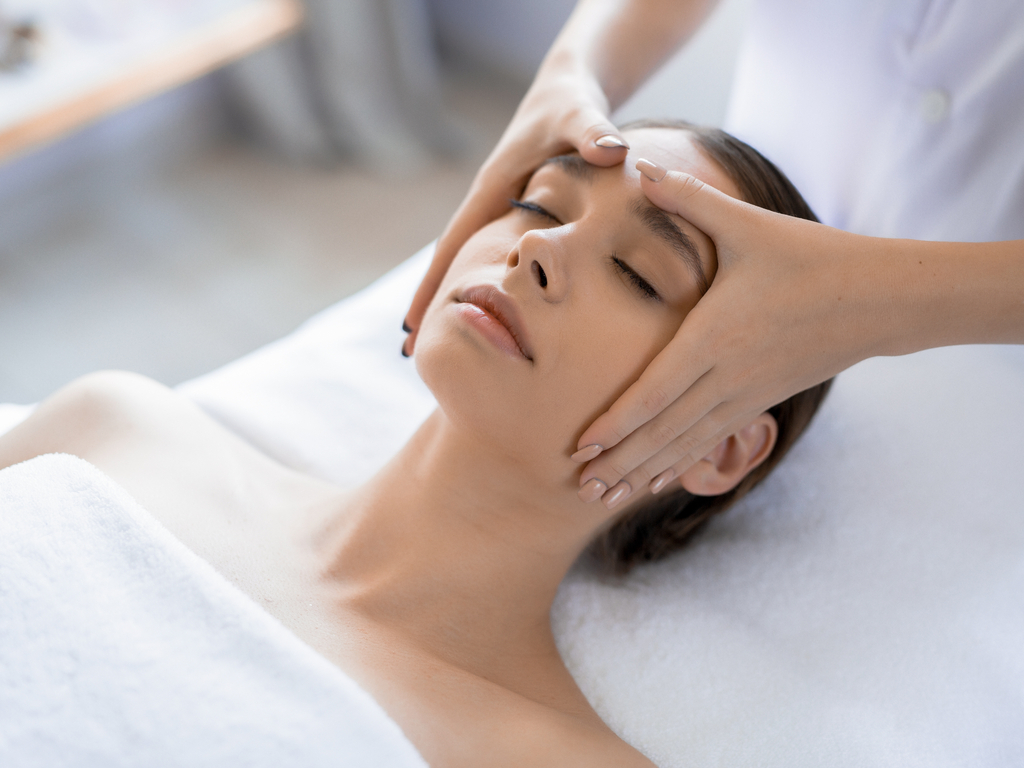3 Mins Read
Following last month’s piece about Reiki, our resident alternative therapy columnist Corie Chu continues her energy healing modality series with an in-depth look into Craniosacral Therapy, which is especially helpful for those who have had severe bodily injuries.
You may have heard of craniosacral therapy if you’ve had to see a physiotherapist to help with rehabilitation after an accident or injury. It’s a modality that I’m seeing more and more physiotherapists and bodyworkers get trained in and offer in their practice. However, what lmost of them don’t realise is that craniosacral therapy (CST) is actually a type of energy healing. Why? Though the modality has its roots in medical and anatomical studies, it actually involves energy work in order to manipulate the alignment in the body correctly.
Craniosacral Therapy, discovered in the 1970s by Dr. John Upledger, a doctor of osteopathy, concentrates on healing the craniosacral system in your body, which are membranes and fluid that surround and protect your brain, face, mouth, and from your spine, all the way down to your tailbone area. Alignment within your craniosacral system allows your Central Nervous System to perform properly. Our Central Nervous System is pretty vital because it controls most of the functions in our body and mind.
Like Reiki, Craniosacral Therapy is performed by using gentle touch. From there, the practitioner gauges the energy of the body from the head and manipulates the movement of the bone through energy work.
I first engaged in CST when I met my physiotherapist Wynne Li of Blessa Pilates and Physiotherapy last summer. I had torn my calf muscle pretty badly and was unable to walk properly for two months. During my sessions with Wynne, I would lie down on a massage table and she would give me craniosacral therapy starting from my head and working her way down to where she felt blocks of energy, or areas where energy was heaviest in my body, similar to most energy healing treatments.
Wynne explained the process of giving craniosacral therapy as follows: “The CST practitioner is like mechanic and the client is a broken car. We touch the car, observe, listen to it and find out where the problem is. During the process we need a high amount of concentration to feel all the subtle movements in the body, that’s why we need to be very grounded.”
Craniosacral therapy is a good tool for both existing physical injuries and for preventative measures. Additionally, this modality supports people who suffer from migraines and headaches, mental stress, chronic pain and fatigue, TMJ syndrome, autism, learning disabilities, ADD and ADHD, as well as brain and spinal cord injuries.
During a session, you may feel the following: deeply relaxed, warmth, tingles, balanced, increase in energy, emotional, a deeper connection with their body and in some cases for more sensitive people, they are able to see images, patterns, colours, become more self-aware, connect deeper with their consciousness and Spirit, similar effects of most energy healing treatments.
If you need help identifying the right CST practitioner, you might find our Complete Guide to Choosing Your Energy Healer helpful.
A craniosacral therapy treatment typically lasts for 60 minutes and ranges from HK$800 to HK$1,500. The frequency of your sessions will depend on your existing condition. In my case, I went 2-3 times a week for 8 weeks.
Lead image courtesy of FreePik.



